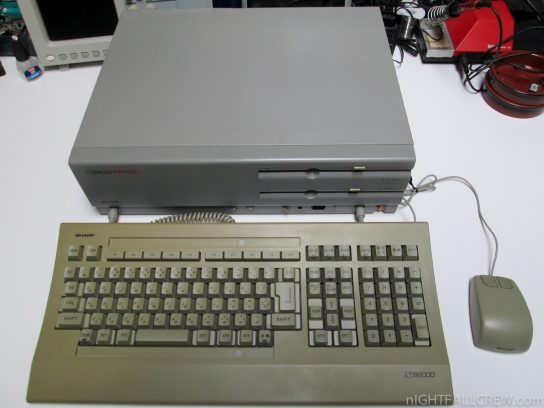
Autopsy:
This computer/console in good cosmetic condition is arrived for a repair from a friend a few weeks ago. The defect is The Black Screen of Death, the computer turns on but doesn’t turn off, the standby LED remains faint green.
Unfortunately after several hours spent to trying the fault and i have tried just everything, the computer is still dead, my suspicion falls on the Custom Chip “SCOTCH” IX 1267CE from Sharp.
Components that have been tested and replaced:
- Tested all capacitors.
- Tested all transistors.
- Tested all SMD fuses.
- Test all the Coils.
- Tested all voltages.
- Replaced 74LS08 ic that controls the logic of power on/standby.
- Replaced 74LS244 ic that controls the logic of power on/standby.
- Replaced the power supply.
 Download: Sharp X68000 Schematics (1682)
Download: Sharp X68000 Schematics (1682)
from Wikipedia:
The Sharp X68000, often referred to as the X68k, is a home computer released only in Japan by the Sharp Corporation. The first model was released in 1987, with a 10 MHz Motorola 68000 CPU (hence the name), 1 MB of RAM and no hard drive; the last model was released in 1993 with a 25 MHz Motorola 68030 CPU, 4 MB of RAM and optional 80 MB SCSI hard drive. RAM in these systems is expandable to 12 MB, though most games and applications did not require more than two.
The X68k ran an operating system developed for Sharp by Hudson Soft, called Human68k, which features commands very similar to those in MS-DOS (typed in English). Pre-2.0 versions of the OS had command line output only for common utilities like “format” and “switch”, while later versions included forms-based versions of these utilities, greatly improving their usability. At least three major versions of the OS were released, with several updates in between. Other operating systems available include NetBSD for X68030 and OS-9.
Early models had a GUI called “VS” (Visual Shell); later ones were packaged with SX-WINDOW. A third GUI called Ko-Windows existed; its interface is similar to Motif. These GUI shells could be booted from floppy disk or the system’s hard drive. Most games also booted and ran from floppy disk; some were hard disk installable and others require hard disk installation.
Since the system’s release, Human68k, console, and SX-Window C compiler suites and BIOS ROMs have been released as public domain and are freely available for download.
Early machines use the rare Shugart Associates System Interface (SASI) for the hard disk interface; later versions adopted the industry-standard small computer system interface (SCSI). Per the hardware’s capability, formatted SASI drives can be 10, 20 or 30 MB in size and can be logically partitioned as well. Floppy disks came in a couple of different formats, none of which are natively readable on other platforms, although software exists that can read and write these disks on a DOS or Windows 98 PC.
source: wikipedia
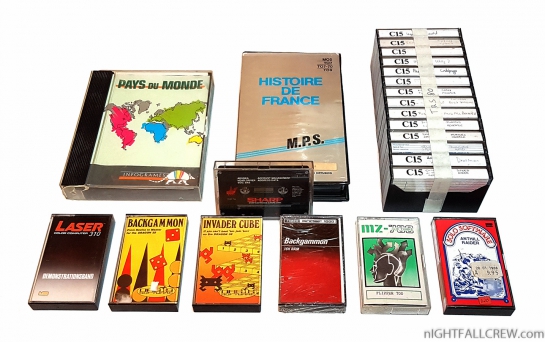
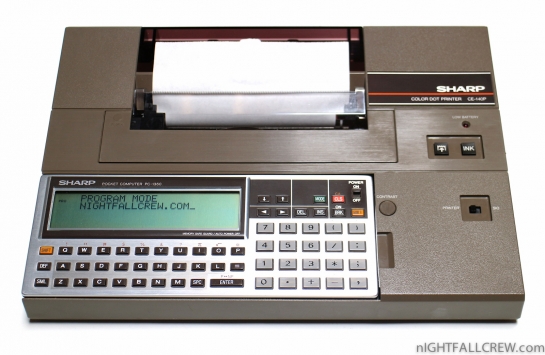




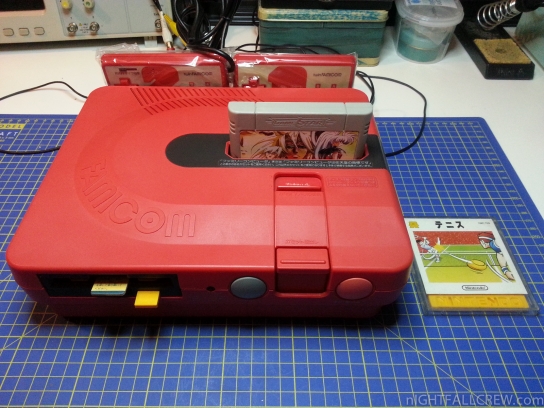






































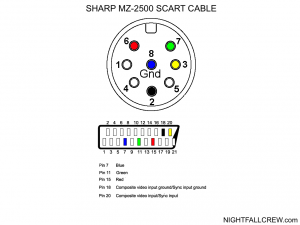





















 Download:
Download: 
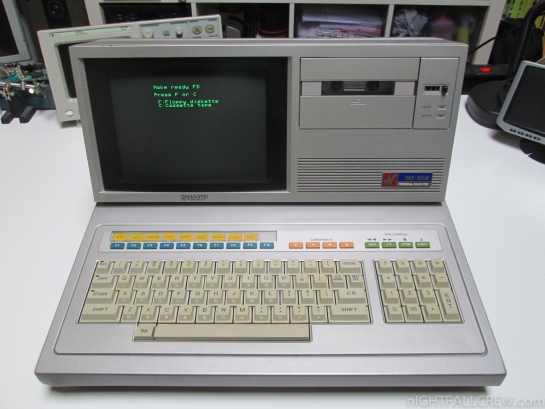















 From the first Z80 processor-based model to the MZ-2200 in 1983, the MZ computers included the PC, monitor, keyboard, and tape-based recorder in a single unit, similar to Commodore’s PET series. It was also notable for not including a programming language or operating system in ROM, like the IBM PC. This allowed a host of third-party companies, starting with Hudson Soft, to produce many languages and OSes for the system. In an era when floppy disk drives were too expensive for most home users, the MZ’s built-in tape drive was considered faster and more reliable than the drive on competing computers; however, this meant that the MZ series was relatively slow to adopt floppy drives as a standard accessory.
From the first Z80 processor-based model to the MZ-2200 in 1983, the MZ computers included the PC, monitor, keyboard, and tape-based recorder in a single unit, similar to Commodore’s PET series. It was also notable for not including a programming language or operating system in ROM, like the IBM PC. This allowed a host of third-party companies, starting with Hudson Soft, to produce many languages and OSes for the system. In an era when floppy disk drives were too expensive for most home users, the MZ’s built-in tape drive was considered faster and more reliable than the drive on competing computers; however, this meant that the MZ series was relatively slow to adopt floppy drives as a standard accessory.



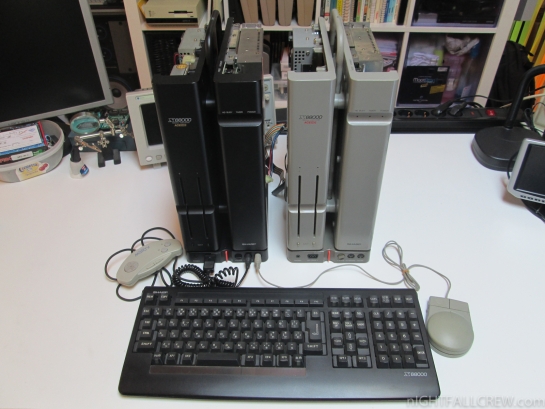















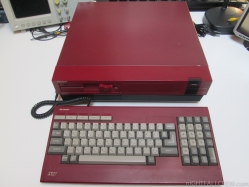















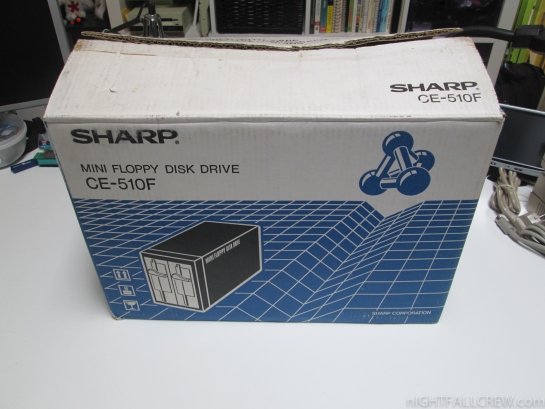








































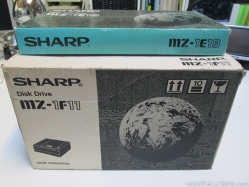


















Recent Comments